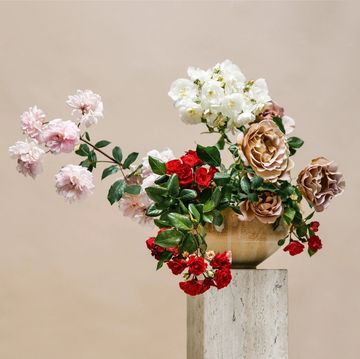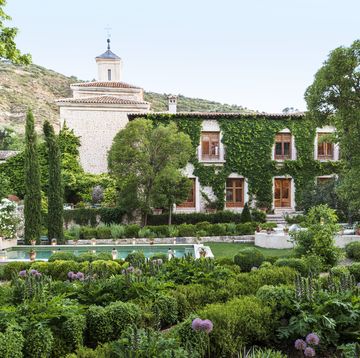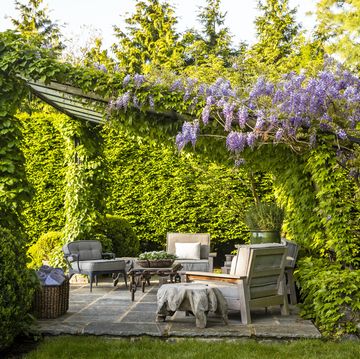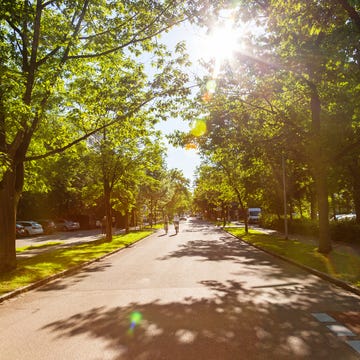The 10 Best Evergreen Shrubs for Your Garden
Keep your outdoor areas green all year long thanks to these verdant plants.
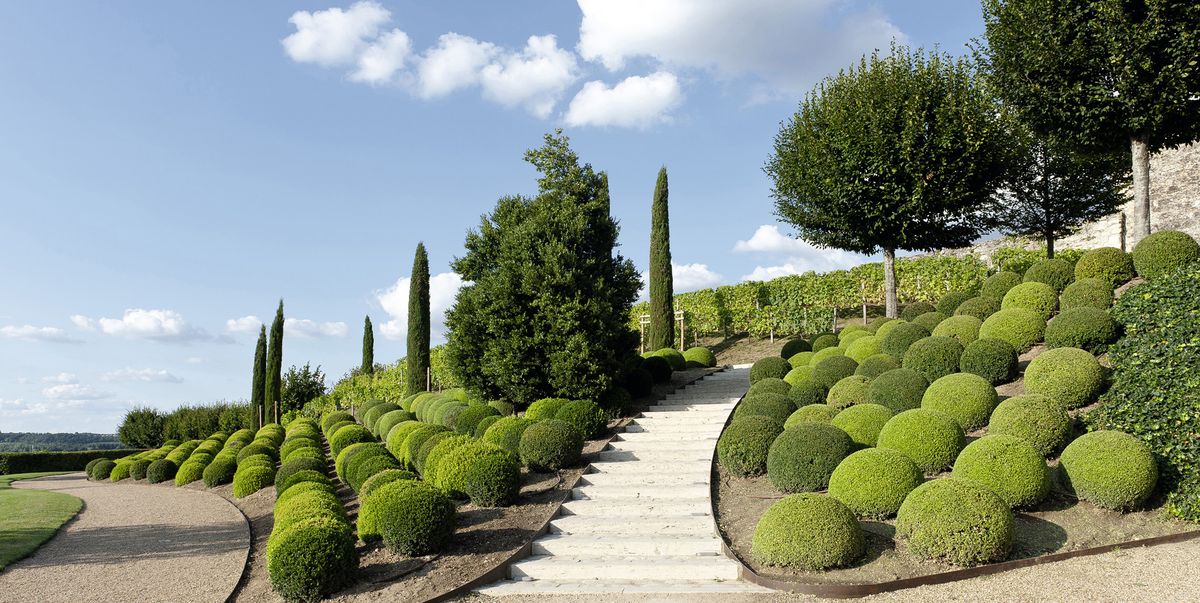
Now that we are spending even more time outdoors—even during the chillier months—it is important to keep your garden as lush as possible. Look to evergreen shrubs for making your outdoor spaces looking their best all year long. Some of the choices below are perfect for privacy hedges, some are made for adding shape to your garden, and some will offer blooms during some seasons while remaining green during the rest. Some have beautiful dark leaves, while are some are more sage or variegated in nature, but they all add interest and variety to a garden, terrace, or patio.
Watch Next


British Royal Family at 2023 Chelsea Flower Show

10 Plant That Are Safe for Cats

9 Summer Flowers and What They Symbolize

What to Plant in May












